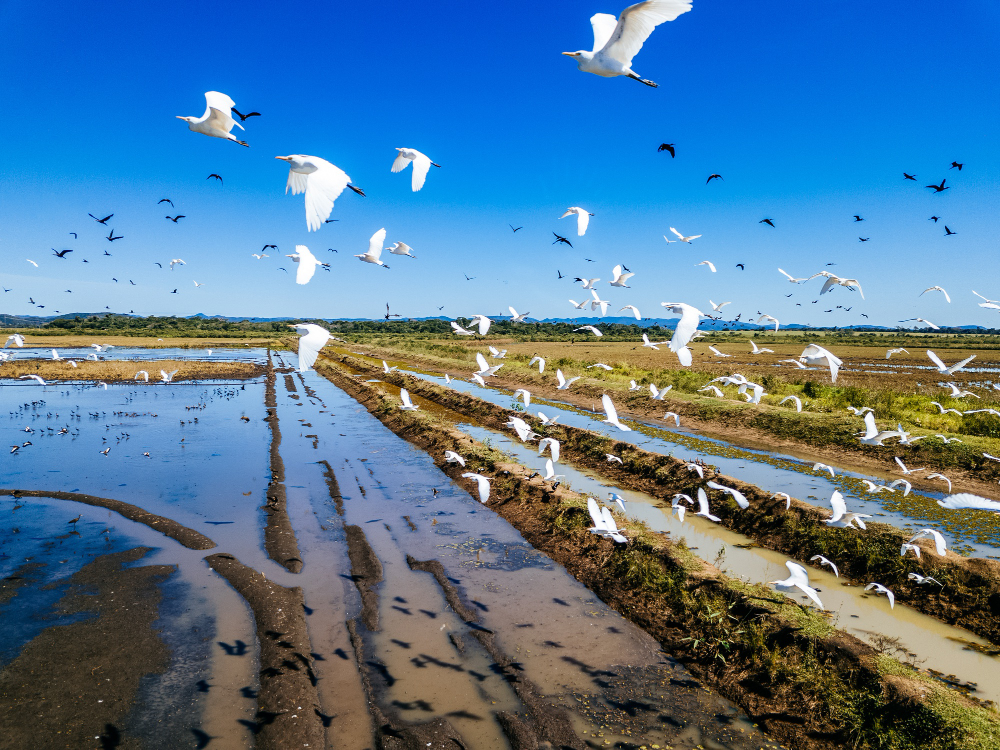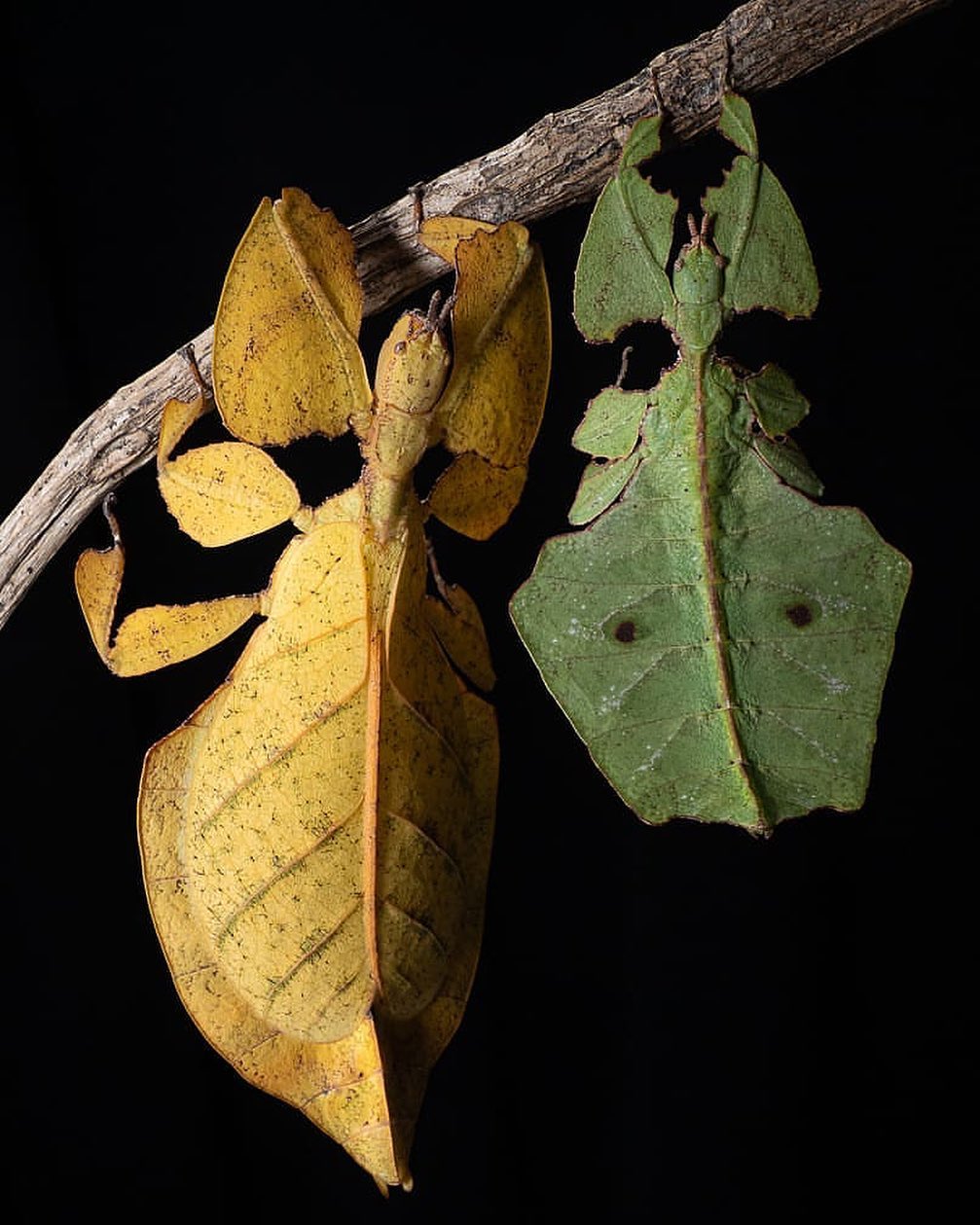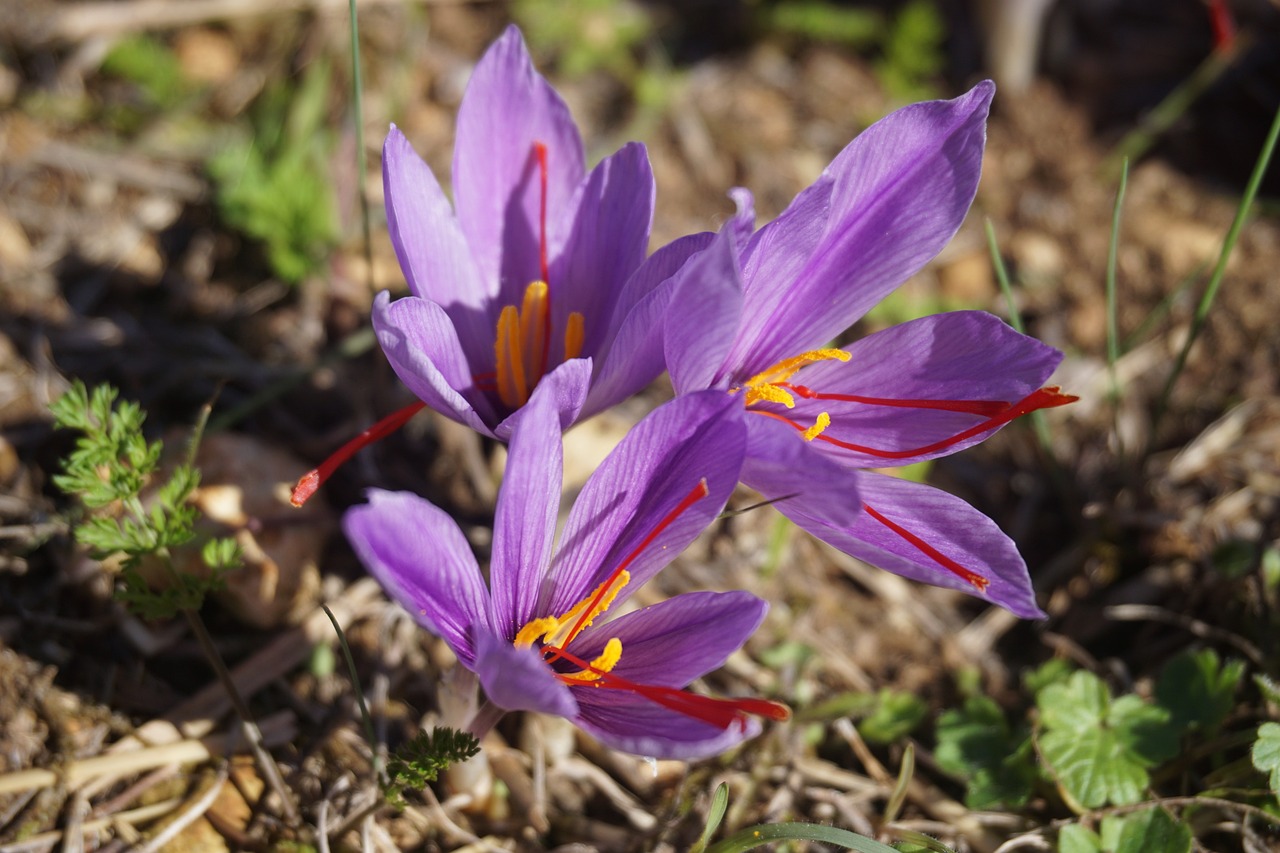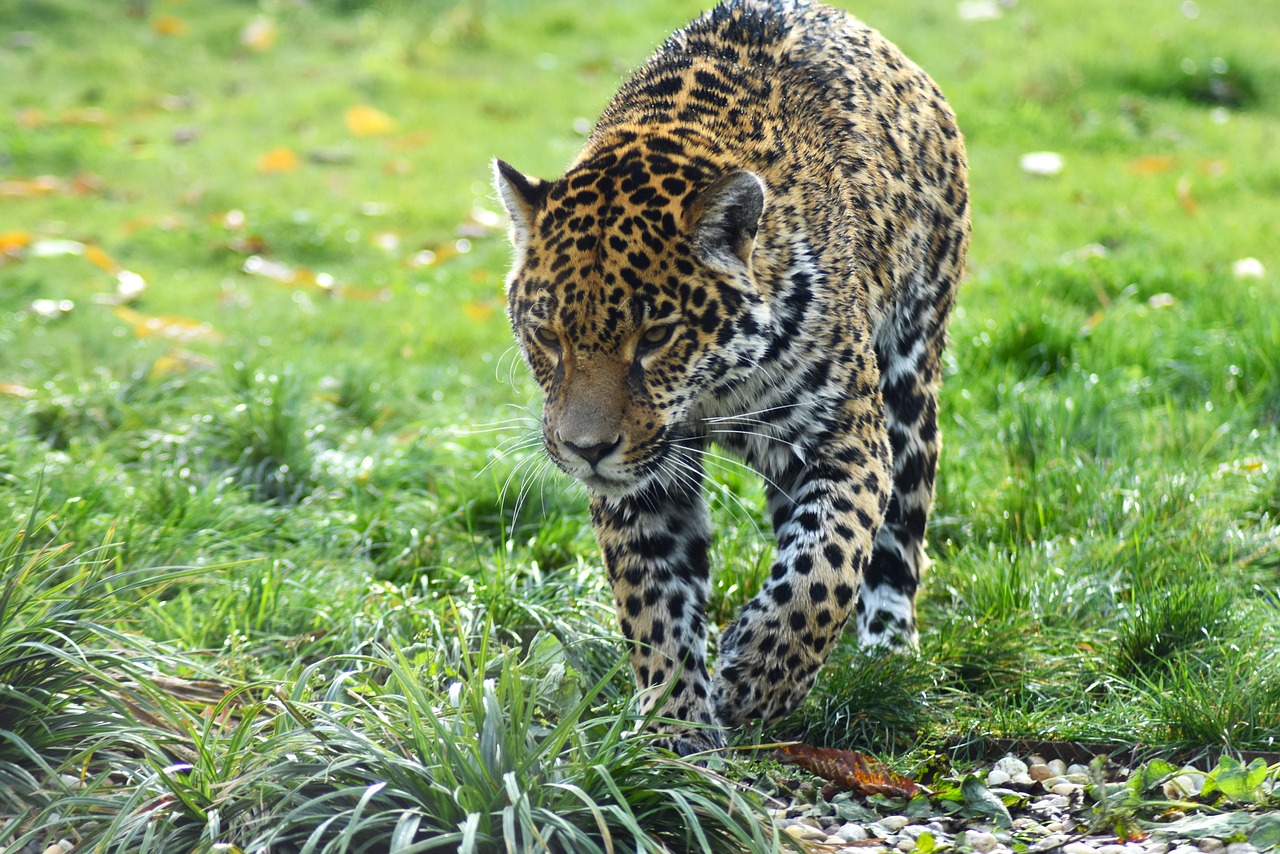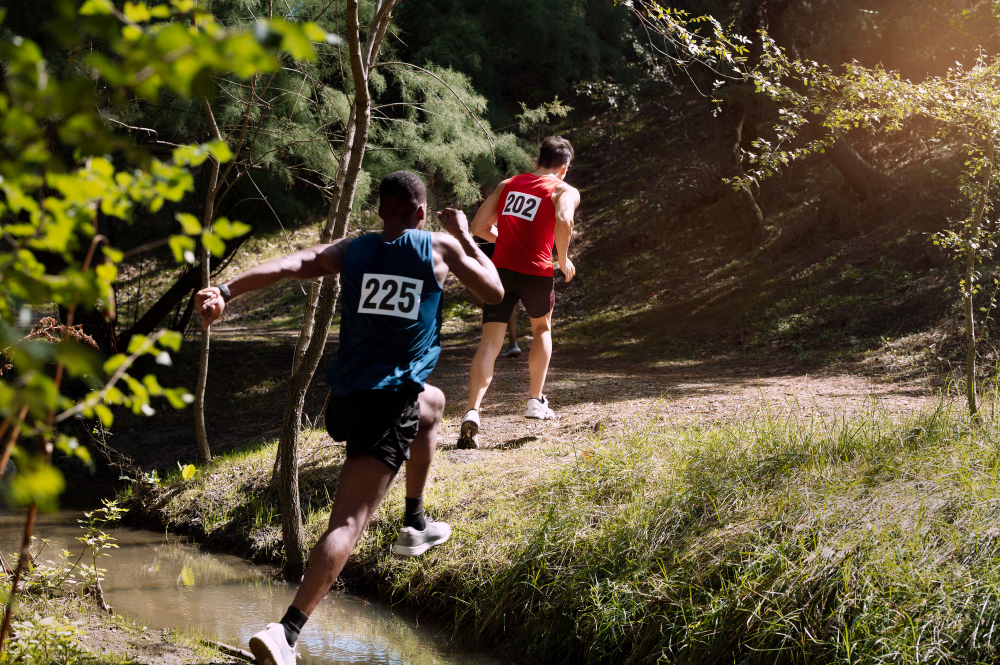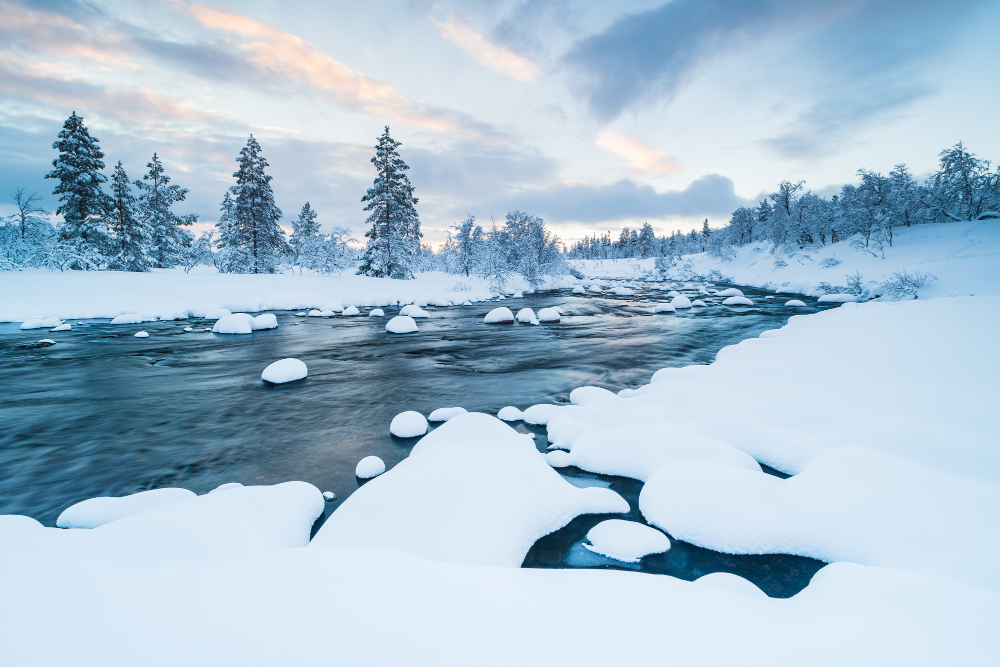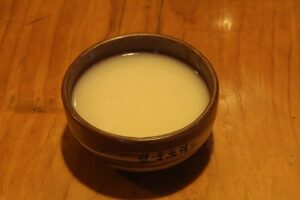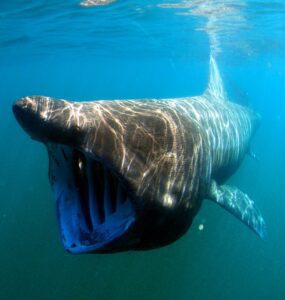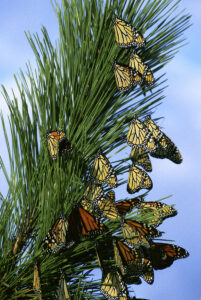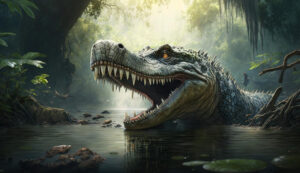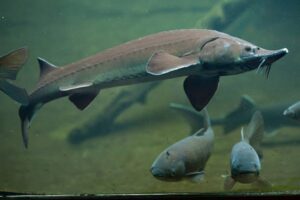Pelicans are nature’s flying marvels—graceful in the sky, awkwardly lovable on land, and the undisputed champions of “swallow first, ask questions later.” With their oversized beaks and famously elastic throat pouches, pelicans have earned a reputation as gluttonous, indiscriminate eaters. Some even joke that a pelican’s motto is: “If it fits, I eats.” While that might sound like an exaggeration, there’s a surprising amount of truth behind it.
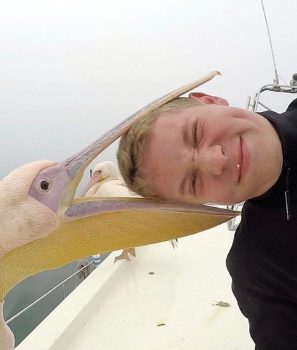 Pin
Pin Image by @yungbooks
But why do pelicans seem to eat everything—from fish to shoes and, occasionally, a finger or two? Let’s explore the biology, instincts, and occasional absurdity behind these feathered foodies, with a little humor to keep things lighthearted.
Table of Contents
The Pelican Anatomy - A Food Hoover on Wings
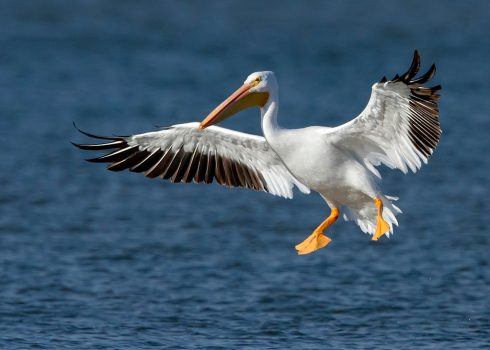 Pin
Pin Photo from Wikimedia Commons
Pelicans aren’t just birds—they’re nature’s comical yet awe-inspiring eating machines. If you’ve ever watched one in action, you’d be forgiven for thinking they’re competing in some kind of wildlife version of Iron Chef: Oceans Edition. To truly understand why pelicans have a reputation for eating almost anything, we need to take a closer look at their anatomy. Spoiler alert: their bodies are practically built for hoovering up food.
The Mighty Beak and Elastic Throat Pouch - The Avian Tote Bag
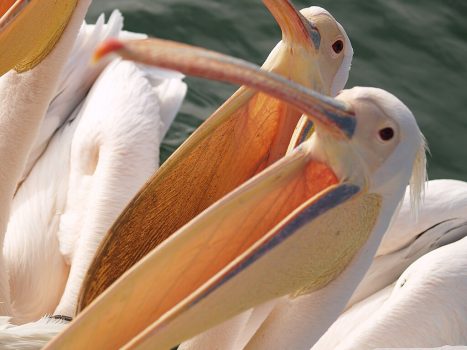 Pin
Pin Photo from Wikimedia Commons
A pelican’s beak is the Swiss Army knife of the bird world. It’s long, sharp, and comes with a hidden superpower: the gular pouch. This elastic, stretchy pouch hangs beneath their beak like a biological shopping bag, and it’s nothing short of miraculous. Capable of holding up to three gallons of water (or food, or a mix of both), it’s a marvel of evolutionary engineering.
If a regular bird’s mouth is like a teaspoon, then a pelican’s pouch is a 50-gallon drum. It’s essentially designed for bulk operations, allowing the bird to scoop up a school of fish in a single dive. But much like a toddler with a new toy, pelicans sometimes don’t quite know when to stop.
The Famous Throat Pouch
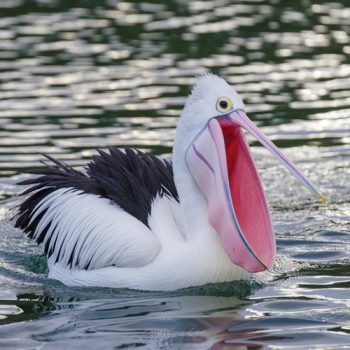 Pin
Pin Photo from Wikimedia Commons
Imagine you’re a pelican. You’re gliding over the shimmering surface of a lake, and below you, a school of fish glints like a disco ball. With an elegant swoop and an unceremonious splash, you plunge headfirst into the water. Your pouch, acting like a custom-built net, expands to capture your scaly prey along with a healthy dose of water.
But here’s the genius part: once the pouch is full, the pelican tilts its head down to drain the water, much like someone using a strainer to separate pasta from boiling water. Then, with a quick gulp, the fish slide down the hatch. Efficiency at its finest, right?
Well… not always.
When the Pouch Gets Overzealous
The pelican’s pouch doesn’t come with an instruction manual—or a filter. This means it has a habit of grabbing everything in its path. And we mean everything. Rocks? Sure. A floating flip-flop? Why not. A toddler’s ice cream cone that was too close to the water’s edge? Absolutely.
The pouch operates on the principle of “if it fits, it’s fair game.” Sometimes, this leads to questionable meal choices, but can we really blame the bird? If your throat could stretch to the size of a basketball, you might occasionally misjudge a snack, too.
Think of a pelican like a shopper at Costco on an empty stomach. They’re there for the fish (bulk, of course), but somehow, a box of chocolate-covered almonds, a 12-pack of socks, and an inflatable kayak also end up in the cart. It’s not intentional—it’s just… enthusiasm.
The Beak's Role - A Precision Tool... Sort Of
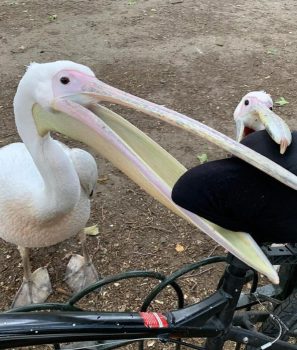 Pin
Pin Photo by @yungbooks
While the pouch gets all the fame, the beak deserves some credit, too. Measuring up to 18 inches long (for larger pelican species), it’s a versatile tool for grabbing, holding, and even defending food. Pelicans can use their beak to scoop fish straight from the water or steal from their less coordinated neighbors (looking at you, seagulls).
But here’s where things get funny: despite their precision in hunting, pelicans can look hilariously clumsy when they bite off more than they can chew—literally. The sight of a pelican wrestling with an oversized fish or spitting out a non-edible object is a reminder that even nature’s most efficient predators have their off days.
A Pelican’s Dining Misadventures
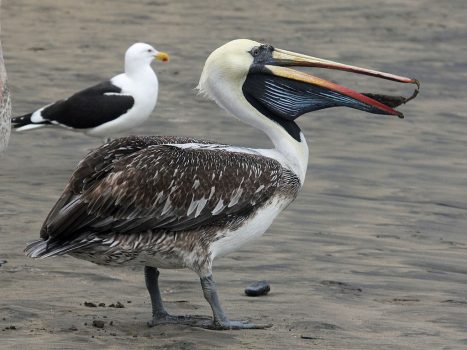 Pin
Pin Photo from Wikimedia Commons
Thanks to their anatomy, pelicans occasionally find themselves in dining situations that could star in a wildlife comedy series. A few memorable mishaps include:
- The Sandwich Incident: A pelican at a beach café mistook a patron’s sandwich for fish and swooped in to claim it. The sandwich didn’t survive, but the diner’s startled reaction went viral online.
- Plastic Problems: Pelicans often mistake shiny plastic debris for fish, leading to unfortunate consequences. While it’s funny to imagine a pelican trying to digest a water bottle, the reality is less humorous—plastic pollution is a serious threat to these birds.
- The Chihuahua Attempt: In one particularly famous incident, a pelican tried to swallow a small dog. Thankfully, the dog’s owner intervened before things got out of hand (or throat).
Why It All Works
Despite their occasional lapses in judgment, the pelican’s anatomy is a masterpiece of adaptation. That oversized pouch and flexible beak allow them to thrive in environments where food can be scarce. And while their “anything goes” approach to eating may seem chaotic to us, it’s a survival strategy in disguise.
So, the next time you see a pelican gobbling up fish—or a flip-flop—remember this: they’re not messy eaters; they’re just creative. After all, when your throat doubles as a shopping cart, the world becomes your buffet. Just maybe hold onto your snacks when they’re around.
What Pelicans Are Supposed to Eat
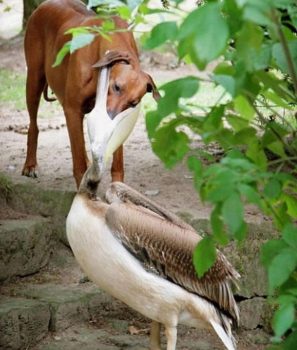 Pin
Pin Photo by @yungbooks
Before we dive into the ridiculous buffet of objects pelicans occasionally mistake for food, let’s first address their intended menu. Believe it or not, these feathered food enthusiasts are not the avian equivalent of a garbage disposal. Pelicans are primarily piscivores, meaning fish is their main culinary delight. In an ideal world, their diet would consist of small fish like anchovies, sardines, and mullet—basically, the ocean’s fast food.
In coastal areas, pelicans also dabble in a little variety. Crustaceans, amphibians, and the occasional unlucky squid may make it onto the menu. But one thing’s for certain: pelicans are supposed to eat things that move, not objects that beep, glitter, or bark.
The No-Chew Rule
Here’s where things get interesting (and a little alarming): pelicans don’t chew. They skip the whole “bite-and-savor” step entirely. Their dining strategy is simple: open wide, swallow whole, and let their powerful stomach acids figure out the rest.
This no-chew policy makes sense when you’re gulping down slippery fish, but it’s also the reason for some of their more questionable dietary decisions. When you don’t stop to inspect your food before swallowing, mistakes are bound to happen. Think of it like eating popcorn in the dark—except instead of an unpopped kernel, you end up with a flip-flop or someone’s GoPro.
When "Anything Goes" Becomes the Rule
While fish are the cornerstone of a pelican’s diet, these birds are opportunistic eaters. Translation: they’ll eat whatever is most accessible, whether it’s a school of mullet or the nearest shiny object. In nature, this adaptability is a survival strategy. But in human-dominated environments, it often leads to situations that are equal parts tragic and hilarious.
Pelicans vs. The Unexpected: Shoes, Phones, and More
The stories of pelicans swallowing non-food items are the stuff of legend—and beachgoers’ Instagram feeds. From sunglasses to smartphones, anything that vaguely resembles a fish or catches the light is fair game.
One particularly famous incident involved a pelican trying to gulp down a small chihuahua. (Don’t worry, the dog survived with nothing but a bewildered expression and a great story for the dog park.) In another case, a pelican snatched a tourist’s camera mid-snap, leaving the poor soul without vacation photos—but presumably gifting the bird a crash course in photography.
And it’s not just man-made objects. Pelicans have been known to accidentally scoop up turtles, frogs, and even smaller birds in their quest for dinner. It’s as if their mantra is, “If it moves—or shines—it must be food.”
Pelicans and Humans - A Comedy of Swallowing Errors
Now let’s address the question that no one asked but everyone secretly wants to know: do pelicans eat people?
The short answer is no. Pelicans may be bold eaters, but they draw the line at actual humans. However, there have been some close encounters of the hilarious kind.
Imagine you’re enjoying a peaceful day at the beach, hot dog in hand, when suddenly—WHOOSH!—a pelican swoops down and steals it right out of your grip. This isn’t a rare occurrence; pelicans are known for their boldness when it comes to food theft.
Then there are the rare and frankly ridiculous instances where pelicans have mistaken human body parts for fish. Fishermen have reported pelicans grabbing at their fingers while reaching for bait. And in one particularly infamous incident, a pelican attempted to swallow a child’s hand, presumably because it looked like an unusually chunky sardine. Thankfully, no lasting damage occurred—except to the pelican’s dignity.
Let’s Be Honest: Humans Probably Deserve It
If we’re being fair, these incidents say more about human behavior than pelicans. After all, if you’re dangling food near a bird with a giant, stretchy throat pouch, you’re practically asking for it to be snatched. And if you’re sticking your hand into said pouch… well, that’s on you.
Why Pelicans' Opportunistic Diet Is a Problem
While it’s funny to imagine a pelican waddling off with someone’s shoe, this behavior has a serious side. In a world increasingly filled with plastic pollution, pelicans often mistake trash for food. A shiny plastic bottle floating in the water might look like a fish to a hungry bird, but once swallowed, it can cause blockages, malnutrition, or even death.
Discarded fishing gear is another hazard. Hooks and lines can entangle in a pelican’s pouch or throat, making it impossible for them to eat properly. So while their “anything goes” approach to eating might be amusing on the surface, it’s also a reminder of how human activity impacts wildlife.
A Buffet of Lessons
Pelicans are fascinating creatures with an endearing mix of elegance and absurdity. Their dietary habits might seem bizarre to us, but they’re a reflection of their adaptability and resilience. So the next time you encounter one of these feathered foodies, take a moment to admire their quirks—and maybe keep your snacks (and small pets) out of reach.
Because whether it’s fish, french fries, or flip-flops, one thing’s for sure: to a pelican, the world is one giant buffet, and they’re always ready for seconds.
Why Do Pelicans Eat So Much?
If you’ve ever watched a pelican devour fish after fish—or accidentally inhale a flip-flop—you might wonder: why are they always eating? The simple answer is survival. These are big birds with big appetites, and keeping those wings flapping and pouches stretching takes a lot of energy. But the story of their ravenous eating habits goes beyond just hunger.
The Caloric Demands of Being a Pelican
Pelicans are built on a large scale. With wingspans that can reach up to 11 feet (for the Dalmatian pelican) and bodies designed for powerful, water-skimming flights, they’re essentially the avian equivalent of a fuel-guzzling SUV. To power all this, they need to consume several pounds of fish daily, which translates to thousands of calories.
For context, a single brown pelican might eat around 4 pounds of fish in a day. That’s like you scarfing down an entire Thanksgiving dinner every 24 hours—and still having room for dessert.
But beyond basic biology, there are a few other reasons pelicans eat as though they’ve got a food quota to fill.
1. Competition: The Fast-Food Frenzy
Pelicans don’t have the luxury of sitting down for a leisurely meal. In many habitats, their fishing grounds are crowded with rivals: seagulls, cormorants, and yes, even humans (looking at you, recreational anglers).
This competitive environment creates a “grab-it-all” mentality. Pelicans have mastered the art of quick, efficient fishing, but when others are eyeing the same catch, they go into overdrive. Sometimes, this means they gulp down more than they need—or things they really don’t need at all.
Ever heard of a pelican stealing a fish directly out of a fisherman’s bucket? It’s not personal; it’s just business.
2. Curiosity: The “What’s This?” Instinct
Pelicans, like many animals, are naturally curious. This is adorable when they’re exploring new fishing spots or checking out a shiny object floating in the water. But their curiosity has a catch—sometimes, the investigation ends with the object in their pouch.
To a pelican, a reflective smartphone or glittering soda can might look like a tasty fish. It’s less “Are you edible?” and more “You look shiny, let’s find out!” The result? A lot of non-food items make their way into pelican bellies.
It’s like the bird version of those late-night snack runs where you raid the fridge and end up eating questionable leftovers.
3. Environmental Pressures: When Fish Are Scarce
Here’s where things take a serious turn. Overfishing and pollution have drastically impacted the pelican’s natural food supply. With fewer fish available, pelicans are sometimes forced to get creative—or desperate—with their menu choices.
When a pelican can’t find its usual diet of anchovies, sardines, or mullet, it might resort to eating crustaceans, amphibians, or even scavenging leftovers. And sometimes, this desperation leads them to mistakenly swallow trash, fishing gear, or other hazardous items.
The Tragic Side of Pelicans Eating Everything
As funny as it sounds to imagine a pelican gobbling up someone’s hot dog or smartphone, there’s a darker side to their “eat first, ask later” behavior. Human activity has introduced countless hazards into their environment, and pelicans often pay the price.
Plastic: The Unwanted Side Dish
A shiny plastic bottle might look like a fish to a pelican, but once swallowed, it becomes a deadly problem. Unlike fish, plastic doesn’t break down, and a pelican that swallows a large piece may suffer from blockages, starvation, or even poisoning.
And it’s not just bottles—plastic bags, straws, and other debris frequently end up in pelican stomachs. Their famous elastic pouches are a marvel of evolution, but they’re not designed to handle humanity’s waste.
Fishing Gear: A Deadly Entanglement
Discarded fishing lines and hooks are another major threat. A pelican might accidentally scoop up fishing gear while diving for food, leading to tangled pouches or injuries. In some cases, the bird becomes unable to feed altogether, resulting in a slow, painful death.
When Humans Become Part of the Problem
Let’s be real: pelicans aren’t going around stealing sunglasses and inhaling plastic because they’re mischievous troublemakers. Much of their behavior stems from the way humans have altered their environment.
Our love of single-use plastics, littering, and careless fishing practices have created a world where pelicans are forced to adapt—or suffer. And while it’s easy to laugh at the idea of a pelican with a GoPro in its pouch, the underlying issues are anything but funny.
The Takeaway
Pelicans eat a lot because they have to. Their large size, high energy demands, and competitive environments make them nature’s ultimate foodies. But their indiscriminate eating habits also make them vulnerable in a world filled with human-made hazards.
By understanding their behavior—and taking steps to reduce our impact—we can ensure that these quirky, endearing birds continue to thrive. And who wouldn’t want that? After all, the world would be a little less entertaining without the sight of a pelican waddling off with someone’s sandwich.






